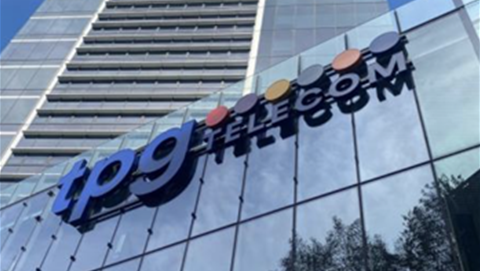The government has revealed that in the next round of its Mobile Black Spot Program, it will try to encourage operators to share infrastructure.
Communications minister Michelle Rowland today published revised draft guidelines for the scheme, with a list of black spot sites that strongly favours NSW.
The paper [pdf] states that applicants under a fresh $40 million round, funded in last month's federl budget, will be "encouraged to work together to develop multi-MNO [mobile network operator] solutions."
“Applicants are solely responsible for forming relationships and discussions with any relevant third parties," it states.
The draft guidelines also insert more pointed guidance on co-location.
While the scheme has always sought to encourage carriers to co-locate equipment on towers funded by the scheme, telcos including Optus and Vodafone (now TPG) previously complained that the rules did not work as intended.
Under the new draft guidelines, the government said that "if co-location is technically possible, then the applicant must be prepared to offer co-location at incremental cost to an MNO seeking to co-locate".
Other telcos should also be invited into the process at "the detailed design phase", not once the tower is constructed.
"For funded solutions where other MNOs are interested in co-locating, the costs can be shared more broadly and efficiencies achieved if the interested MNOs can participate in the design and build phases, which should ensure that their reasonable specifications are accommodated in the design and construction," the paper states.
"This opportunity relates to all the requirements necessary for co-location to efficiently occur, including (but not limited to) the height and robustness of the [tower], as well as site space for housing equipment and providing access to power and backhaul."
The previous government had toyed with the idea of a neutral host model, where many carriers could share radio access network infrastructure, and funded a trial.
Indicative allocations
Of the nearly $40 million on offer, nearly half – $19.3 million – is set to be spent on 27 sites in NSW, according to indicative guidance.
The next-biggest winner is Tasmania with eight sites ($6.35 million), followed by Western Australia (five locations, $3.75 million), Queensland (four locations, $2.75 million) and South Australia (four locations, $3 million), Victoria (three locations, $2.1 million) and the ACT (one location, $750,000).
The government said some of the funding blocks for locations covered for multiple sites.
The money will be spent in grants to mobile network operators and infrastructure providers, communications minister Michelle Rowland said, to help ensure travellers on regional roads and highways retain access to mobile services in the event of an emergency.
Comment is open until November 28.


























